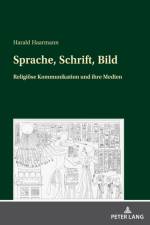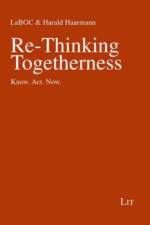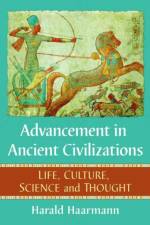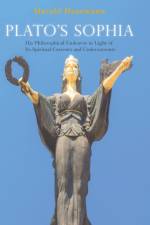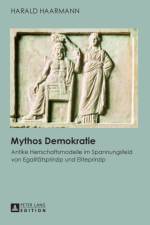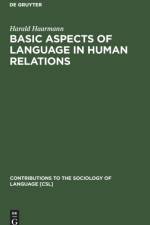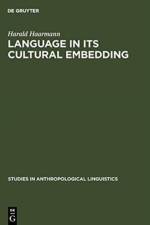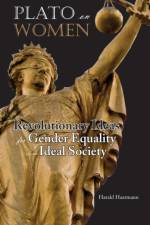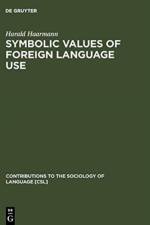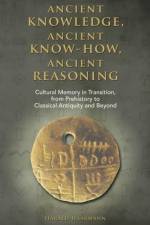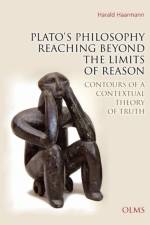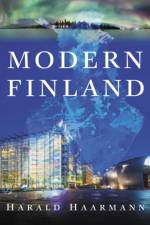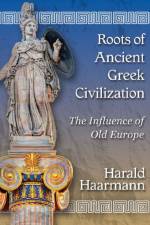av Harald Haarmann
1 615,-
This book by renowned anthropologist Harald Haarmann illuminates the acquisition of knowledge, and the meanings underlying forms of knowledge, in a broad temporal scope, ranging from the Neolithic through the modern era. Spiritual knowledge is at the heart of this work, which views myth and religion encoded in Neolithic female figurines and revived in the contemporary primitive artwork of artists such as Constantin Brancusi and Henry Moore. Within such a framework, this study employs the knowledge and insights of the relatively new, and very important, interdisciplinary field of archaeomythology, which ties together information from archaeology, DNA studies, mythology, anthropology, classical studies, other ancient language studies, and linguistics. This study does so with a wealth of information in these fields, offering meaningful resolutions to many questions regarding antiquity, and shedding light upon several previously misunderstood phenomena, from the true function of Stonehenge (that its purpose was not astronomical), to the fact that there could not have been a mass movement of agriculturalists from Anatolia to Europe (this is a currently hotly contested issue), to important Eurasian religious beliefs and mythological motifs (with an excellent discussion of shamanism), to systems of writing (with a wonderful discourse upon ancient writing systems), religious expression, and mythology of the exceptionally significant cultures of Old Europe (Neolithic southeastern Europe). The book further discourses upon the legacy of this culture in Minoan and then Greek culture, Old European (pre-Indo-European) lexical items (that is, substrate vocabulary) in Greek, and finally the preservation of Neolithic spirituality in Modern Art. With this interdisciplinary approach, the study demonstrates that all of the subjects of this study are interconnected, in a powerful wholeness. Ancient knowledge, Ancient know-how, Ancient reasoning is an unprecedented study that will appeal across many disciplines, including archaeology, mythology, anthropology, classical studies, ancient language studies, and linguistics. The book also includes several images, maps, and tables that will prove helpful to the reader.

